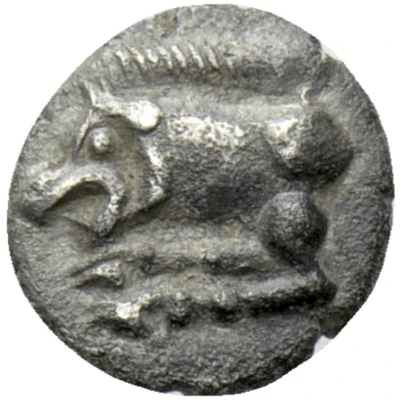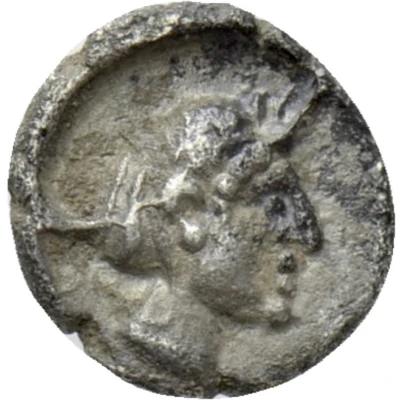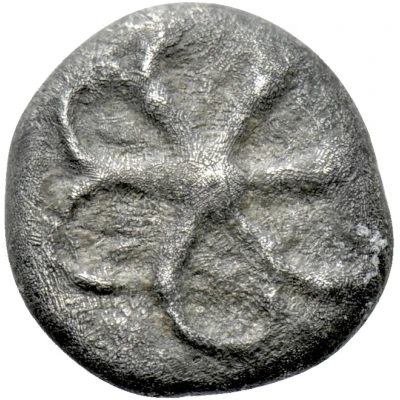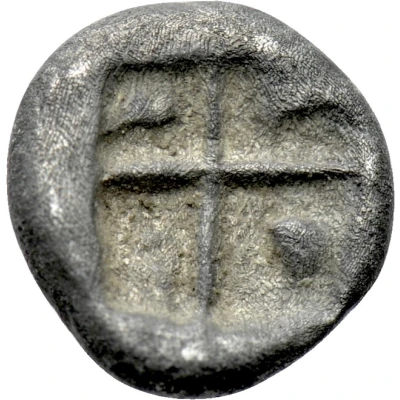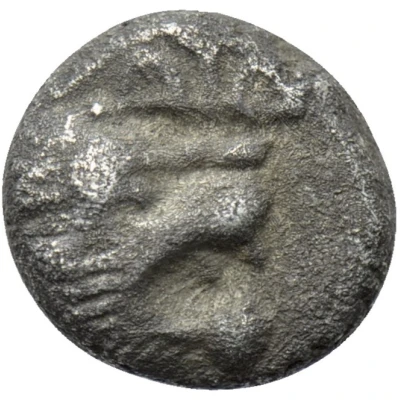
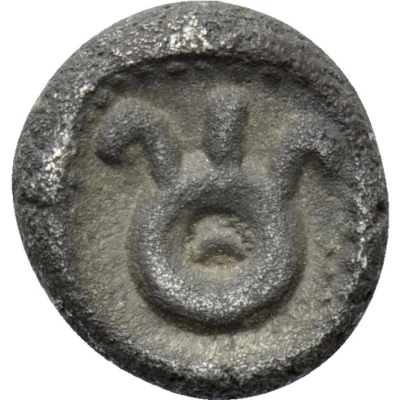

© Numismatik Naumann GmbH
Hemiobol 520 BC - 480 BC
| Silver | 0.5 g | 7.0 mm |
| Issuer | Uncertain Greek city (Greece (ancient)) |
|---|---|
| Type | Standard circulation coin |
| Years | 520 BC - 480 BC |
| Value | Hemiobol (1⁄12) |
| Composition | Silver |
| Weight | 0.5 g |
| Diameter | 7.0 mm |
| Shape | Round (irregular) |
| Technique | Hammered, Incuse |
| Demonetized | Yes |
| Updated | 2024-10-10 |
| Numista | N#181379 |
|---|---|
| Rarity index | 100% |
Reverse
Symbol within dotted incuse square
Interesting fact
The Hemiobol coin was used in ancient Greece during the 6th century BC and was equivalent to half an obol, which was the standard unit of currency at the time. The coin was made of silver and weighed 0.5 grams, making it a small but valuable denomination in the ancient Greek economy. Despite its small size, the Hemiobol coin played an important role in the daily transactions of ancient Greeks, and its use can be traced back to various city-states across Greece, including Athens and Corinth.
